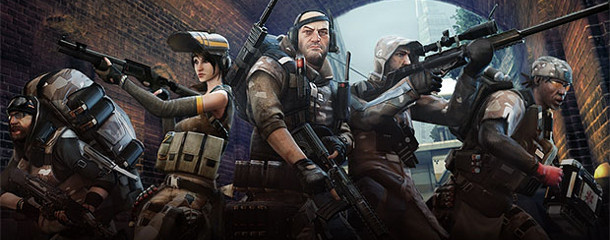Description
League of Legends is a multiplayer online battle arena (MOBA) video game developed and published by Riot Games. It is inspired by a modified version of Warcraft III:Defense of the Ancients (DOTA). The game is free-to-play, and is monetized through purchasable character customisation (skins, icons etc). The game is available on PCs (Windows/Mac), but has recently released a mobile version (LoL:Wild Rift). The following focuses on the PC version.
Link to game’s website: https://lol.garena.com/
Lens #9: The lens of the Elemental Tetrad
Mechanics:
- Team-based, 5vs5 MOBA game
- Extensive character and item choices (over 140 characters and different in-game items for the characters)
- Strategy and mechanically intensive (Character synergies/counters and quick decision making is required)
However, LoL is designed such that casual players or beginners are able to join in the fun as well. Players have item suggestions and tips to assist them in-game. Personally, I feel that this eases casual players into the game. As they play more and get better, they start to explore the deeper mechanics in-game and improve.
Story
LoL started out with a basic lore of the game, with players commanding champions to fight to avert a catastrophic war.
- Lore expanded as the game became more successful; Branched out into alternate universes, such as the K-pop styled K/DA universe
- Such content was integrated to purchasable content, such as character skins
I feel that the lore makes each character more interesting than just an in-game avatar. It is also an opportunity for the developers to monetise on its success by catering to players who are also fans of similar genres.
Aesthetics
The map of the game is brightly lit which gives it a colourful, bright and visually appealing aesthetic. The character animations are carefully designed, especially certain skin editions that have special interactions in-game.
- True Damage Senna: Prestige Edition was a skin for the character Senna in the True Damage edition, and was designed in collaboration with Louis Vuitton, with the character carrying the LV branding.
Technology
LoL does not have intensive hardware requirements which makes the game easily accessible to a wide audience.
- 4GB RAM, 16GB memory space
- Decent processor and GPU is sufficient for the game to run well
Overall, the 4 elements are integrated well to provide players a different experience each time they play the game. They can use different strategies, champions and playstyles to best their opponents. They can equip the champions with different skins to achieve unique in-game interactions.
Lens #21: The lens of flow
- Match making rating (MMR) ranks players and matches them to others with similar skillset
- The cycle of “tense and release” is felt when they improve, the game becomes easier (at the same MMR) but challenging at a higher MMR.
- Goals of the game are clearly defined: Defeat the enemy’s Nexus.
- However, sometimes players are too distracted with their own goals in game: Making good plays and killing many enemies, for example.
It is frustrating to see that while it is a team game, players are too focused on their individual gains and lose out on the big picture sometimes. Often my teammates will not realise that focusing too much on fighting individually (while we can fight as a team) has caused them to lose their lead and fall behind in the game.
Lens #34: The lens of skill
- As the game is mechanically intensive, players with better skills are able to perform better for the games
- Some skills required are: Champion mastery, communication, decision making skills, being able to consider opponents’ strategies
- Over time, players who play more and analyse their games tend to improve their skills.
Personally, I feel that the MMR system makes it fairer for players as they can play with others of different skillsets. It strikes a balance between the game being “too easy” and gives players a challenge to keep the game interesting.
Lens #39: The lens of meaningful choices
- The game provides a plethora of choices for the players. They can choose to secure objectives, neutral monsters, to hang back and get more experience (farming) or choose to fight their opponents
- Players have to weigh and choose the best choice which can help them secure a lead and snowball to victory
For example, my team prefers to secure buffs that can empower our team and let us push for a lead when we are able to. Else, our dominant strategy is to hang back and secure more gold and experience to better equip our champions so we can fight another time.

Lens #45: The lens of Competition vs Cooperation
- As aforementioned, LoL is a team-based game, yet players are sometimes too focused on their individual playstyles and being too competitive to forget the cooperation aspect of the game.
- They want to come out ahead of everyone in the game but forgot the rest of the team.
- However, I feel that at a higher MMR level, players generally understand the need for cooperation and communication, and are able to embody the appropriate skills required to win games.
- Experienced players are better able to balance the need for cooperation and competition which allows users to have fun on both fronts. They can cooperate with their team to win games and at the same time come out ahead of their opponents.





















